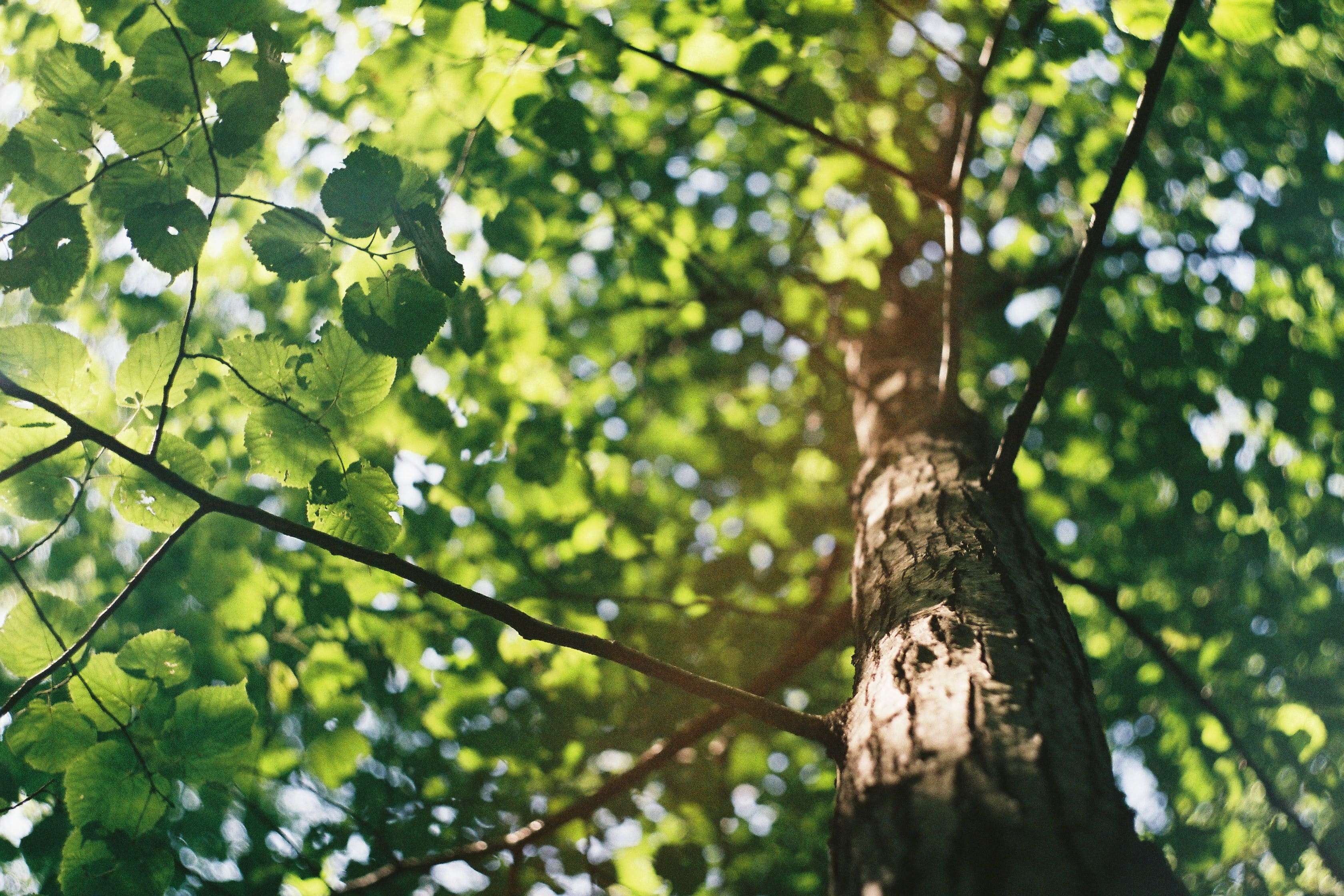Family farming is a central part of this country’s culture. Lots of small-scale farmers are supported so that they can live off their crops and change the world at their own pace.
Reforest in Madagascar: Of trees and men

Located in north-eastern Madagascar, Analanjirofo is a particularly humid tropical region and one of the richest in terms of biodiversity. There is significant environmental deterioration in the country, including this region where deforestation is a major issue. Developing planting activities is therefore needed here.
The project
Thanks to our partnership with the association Reboiser à Madagascar, we planted 1,200,000 trees between 2012 and 2014. We now aim to plant 500,000 more by the end of 2023.
Overall, with Reboiser à Madagascar we will be planting a total of 1,700,000 trees in order to restore Analanjirofo’s full potential.
The 73 species grown here are characteristic of the region, with most seeds sourced directly from farmers’ harvests. Fruit tree-planting is being planned for consumption, sale, and essential oil production, meaning that the fruit trees will therefore provide long-term food supply as well as additional revenue for the farmers involved.
Local communities are very active and involved in reforesting their land. Sowers and planters here work their own land, and require training in the best techniques. Thanks to these training sessions and planting workshops, social ties within villages will be strengthened. Every year, no fewer than 735 families (around 6,000 people) work with RAM in seamlessly rolling out the reforesting plans.

A few words about the NGO
Reboiser à Madagascar was set up in 2010 and aims to reforest the island, with the focus on the Alanajirofo region.
Chances for Nature: a youthful glimmer of hope for reforestation

Madagascar is known for its exceptional fauna and flora. Yet its natural forests are among the most endangered habitats in the world. Traditional slash-and-burn farming, illegal felling and hunting of endangered and protected species threaten this unique biodiversity.
Kirindy Forest is the last remaining dry forest in the Menabe Reserve, and still the largest contiguous dry forest in Madagascar. It is home to a distinct ecosystem quite separate from the endemic biodiversity present here.
The problem is that the local community is not making biodiversity and its conservation a priority. With poverty a blight here, local residents are primarily concerned with their own survival. Young and old alike lack knowledge of sustainable alternatives. Although so crucial to the island, this topic isn’t covered in the school curriculum. For Chances for Nature (CFN), it is hugely important that the inhabitants of Menabe be steered towards sustainable development, and most importantly of all, that the depleted forests be restored.
The project
Trees play an important role in the daily lives of Menabe locals. Several tree species are used for construction or as a source of energy. But due to lack of knowledge, local communities are not yet fully aware of how important it is to protect them and use them in a sustainable manner. The biggest challenge here is therefore to raise awareness of the forest’s value among local populations. Ultimately, residents will be self-sufficient in restoring and tending to depleted forest areas.
CFN intends to plant a total of 47,000 trees over 40 hectares.
The campaign will include activities such as:
- flagship nurseries to create visibility for visitors to the region
- market and kitchen gardens in schools to teach children about gardening and ecology
- using the existing nursery in Marofandilia
- transplanting seedlings
- upkeep of reforested areas

Spotlight on the Menabe region
The region is home to more than 200 species of trees and shrubs, at least 80 species of birds, over 50 species of reptiles, 15 species of amphibians, and 27 species of endemic mammals. The world’s smallest ever primate, Microcebus berthae, is only found in the Menabe Reserve forests. The area is also known for its famous Avenue of the Baobabs, which attracts flocks of tourists every year.
More information about Chances for Nature: https://chancesfornature.org/
National Museum of Natural History

The Antrema Biocultural Site in north-western Madagascar is suffering from population growth and the consequences of climate change. Species and forest resources are finding it increasingly difficult to regenerate. Populations accustomed to collecting resources at the Antrema Biocultural Site are finding it harder and harder to obtain supplies. The National Museum of Natural History has set out to find alternative resources to fill this gap, in collaboration with local associations.
The project
The objectives of these plans to restore this 200-hectare forestland are manifold. Fast-growing species will make it possible to replenish the Antrema Biocultural Site with resources for local people. Lemurs will also be reunited with their natural habitat.
Between 2019 and 2022, we aim to plant 300,000 more trees together. But the first planting season encountered some difficulties due to two cyclones that ripped through the region, flooding nurseries and destroying crops in their wake.
However, local partners managed to find solutions to finish planting in time. The 10 nurseries initially planned were ultimately merged into five to make it easier for nursery workers to go about their tasks. Once seedlings are ready to be planted, local volunteers roll up their sleeves. All the volunteers were very proactive.
Thanks to the nurseries’ and volunteers’ hard work, the backlog was caught up. To date, planters have planted more than 257,000 trees!



